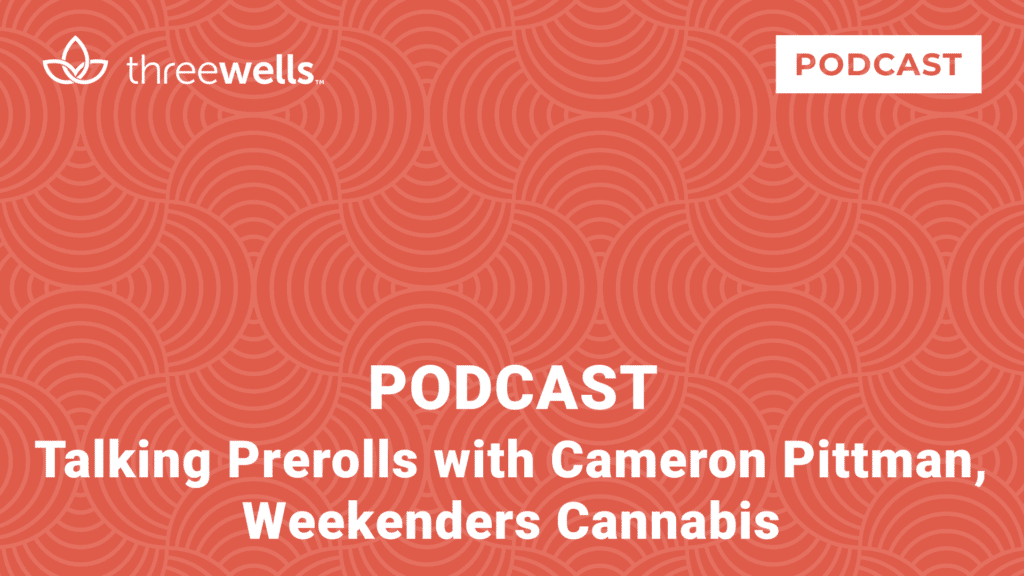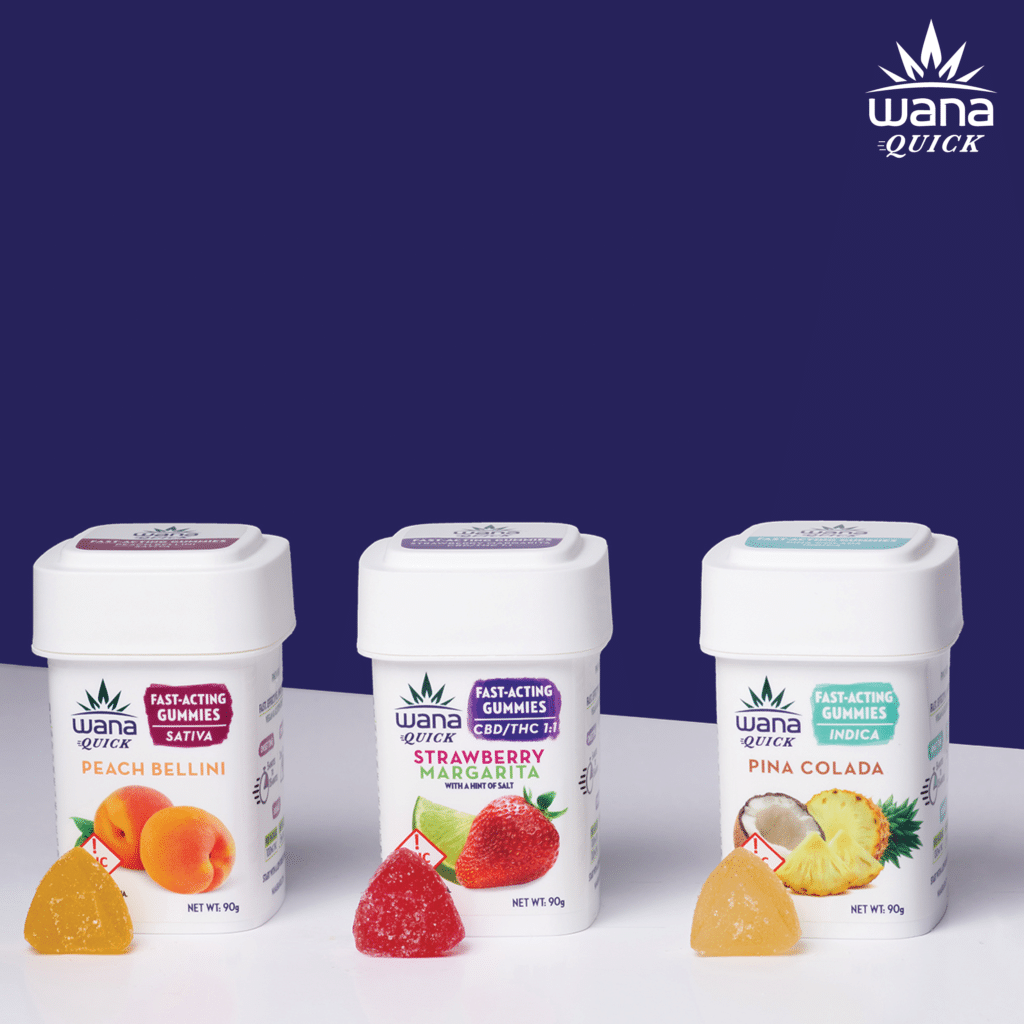James had the cassette tape deck set to record Don’t Look Back, the second album by the rock band Boston. He gently placed the turntable’s needle on the record for the first time and released the pause button on the tape deck. The recording was smoothly underway as the music flowed through his headphones. Satisfied that all was well, he took a long hit on the joint he rolled for the occasion. He inhaled the smoke deeply into his lungs and held it before slowly exhaling pure pleasure. James turned up the volume and enjoyed one of the best-selling rock albums of all time. The year was 1978, and the cannabis he smoked was the highly sought after strain known as Colombian Gold.
For many young men and women becoming adults in the 1970s and early 80s, this was an oft-repeated scene. Our music choices were dictated by the whims of FM radio DJs, but with cassette recorders, we could now create our own custom and portable playlists. This newfound musical freedom for classic rock went well with classic cannabis strains. For many cannabis consumers back in the day, Colombian Gold was a go-to standard, when you could get it. Looking back, most of us knew little about the strain except that is was from Colombia and the buds (now called flowers) and leaves had a brownish, gold coloring. Mostly though, everybody wanted it because it was excellent pot. Nobody called it cannabis. These were the high-flying days of potheads, grass, weed, dope, and Mary Jane. Most people were not thinking about its medicinal value, this was strictly for illegal, recreational use. An “OZ” (pronounced oh-zee if you were hip) of CG went for $40, a half-ounce for $20, down to dime ($10) and nickel ($5) bags. Oh, the good old days, even if there were stems in the mix. If you asked for a gram from your local dispensary (AKA dealer) back then, you’d be laughed out of the living room and shown the door.
Classic Cannabis Never Goes Out of Style
Technically, Colombian Gold is a landrace sativa strain and it’s still in production today. A landrace strain means that it’s a native plant that adapted over time to its local geographical conditions. Originally grown in the Santa Marta mountains of Colombia, it’s a hardy plant making it suitable for cultivation in Colorado and other harsher seasonal climates. It was also grown in cold Midwestern basements (with expensive electric bills) which was popular among a certain crowd, most often in college towns. The strain’s effects are described as providing energy, happiness, and focus within a cerebral experience that lasts for several hours. CG was considered a top-shelf strain of the day along with its cousin, Acapulco Gold. For that reason, CG was very popular as long you carried the mandated accessories of eyedrops to handle the severe redeye and an air freshener of some sort. Ozium was a particularly popular product for its small size and uncanny ability to quickly eliminate CG’s distinctive skunky odor. Many apartment dwellers, train passengers, and bus riders are probably familiar with its freshening aroma, even if they were unaware of the rebellious, illicit purpose for its use.
What We Didn’t Know About Colombian Gold
At the time, people enjoyed the pleasing effects that CG provided and medicinal use was a completely foreign concept to most people. Little did we know that the strain can be effective as a medicinal treatment for pain, muscle relaxation, and its sativa-based euphoric effects are helpful for depression, ADD and ADHD. Due to its energizing results, it’s not a good choice for those patients wanting better sleep or a calming effect. It does not produce paranoia or anxiety, and for adults seeking medical marijuana, CG is a classic strain that very well may be making a comeback. Colombia legalized medical marijuana in 2015 and Cannatourism is transforming into a booming industry. As a result, there’s a good chance that growers in Columbia may want to capitalize once again on its internationally famous landrace cannabis product.
Those Brownies Aren’t from a Girl Scout Fundraiser
There are many ways to consume cannabis, even 50 years ago. Not much has changed as people still do it by smoking joints, blunts, or using pipes and bongs. Vapes are a fairly recent method that relies on modern tech. Edibles, back in the day, always seemed like an exotic option, and the most common were brownies. Recipes were of course passed on orally or on handwritten notes, typed if you were lucky or if it came from a writer for High Times, Rolling Stone, or maybe even Mad magazine.
While it’s hard to believe, at one time there was no internet. A few magazine articles and books provided subversive, discrete recipes, but there was no way to gain widespread knowledge about edible cannabis options. Brownies provided a delivery mechanism that on its face was wholesome, and, no one would know the hidden joy (or pain relief) that awaited. You could discretely travel with them and they masked the smell of grass. The problem was an utter lack of consistency, dosage, technique, and effects. It took time before people figured out that the key to edible cannabis is in the oil or butter heated to a high temperature. Many people probably needed dental floss after cousin Pat’s delectable treats, but at least non-cannabis users thought it was spinach lodged in your teeth. However, people eventually learned to figure it out in a truly, home-baked way and shared their successes. Probably their failures too, but no one cared as long as they provided relief to what ailed you. Today, an entire regulated edibles industry exists to serve the medical marijuana community.
CG as OG
For many mature adults using medicinal marijuana, the days when cannabis was illegal seems like a lifetime ago. Granted, while people back in the day were not focused on CG’s medical benefits, they were still receiving them, albeit unknowingly. But the cannabis culture of the 1970s was completely unlike modern cannabis use. Today’s strains are powerful and developed for specific effects, tastes, and uses. The only widespread medical pushback from marijuana users decades ago was that it was “good for preventing glaucoma.” Most of us didn’t even know where that information came from, we just repeated it as needed as a defense for the benefits of smoking marijuana.
The modern cannabis community must never forget that people went to prison (and still are) for cultivating, distributing, and selling marijuana. Lives were ruined with felony drug convictions. The propaganda that “marijuana is a gateway drug” is a theme that remains falsely disseminated today. This is a remnant from the dark side of the so-called 1970s era of sex, drugs, and rock & roll. While millions of people used cannabis illegally, hundreds of thousands of people, especially those of color, were imprisoned. While we are fortunate to live in the current era of cannabis consumption, we must remember and pay respect to those people who suffered great consequences during the prohibition era by selling and using a plant. We are fortunate that over time, the will of the people has forced changes in antiquated, destructive laws.
The Times are Indeed Changing
People like James who used cannabis in the 1970s and further in the past are key factors in driving the recent changes to medical and recreational marijuana laws. These former rebels from decades ago are now grown-ups, parents, grandparents, teachers, lawyers, doctors, pro athletes, you name it. They may have smoked grass as young adults, but as they age, many are re-discovering the plethora of medicinal uses of the cannabis plant. We owe a collective debt of gratitude to these risk takers for making our futures healthier. Thanks James, and rock on.
Did you like this article? Do you have memories about using cannabis from back in the day? Then please start a conversation about it! We want to hear from you.
Next up in our series: Thai Stick
Philip Rebentisch is a writer and the Content Editor for The Well.




